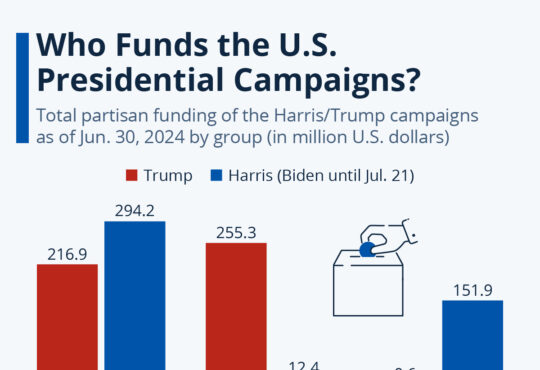Income can come in many different shapes and sizes, and that’s the gist of the latest fund launch to come from BlackRock. The asset manager is bringing two income-focused exchange traded funds (ETFs), iShares World Equity High Income (WINC) and iShares US Equity High Income (INCU), to the European market. Bar the fact that these are, unusually, a pair of actively managed ETFs, they seem to follow one of the income playbooks of buying dividend-paying stocks but also selling index call options on top of that to boost the income.
Plenty of so-called ‘maximiser’ funds already exist, and we have covered the fact that funds such as Schroder Income Maximiser (GB00BDD2F083) tend to dole out handsome volumes of income in the past. But how has a “high income” strategy worked in the ETF space?
Here, it’s worth taking a look at the UK market, given it remains such a competitive source of yield. A few years ago, we ejected the iShares UK Dividend ETF (IUKD) from our Top 50 ETFs list on the basis that a fund targeting a high level of income might look overly exposed to the dividend cuts that worked through the market in 2020. The fund has held up better than we might have expected since, but still faces plenty of competition.
To touch on its process, the iShares UK Dividend ETF invests in 50 UK-listed shares with a focus on the “higher yielding sub-set of the FTSE 350 index”. Some familiar names feature among its top holdings, from HSBC (HSBA) to British American Tobacco (BATS), and around a third of the portfolio is in financials. Its trailing 12-month yield comes to an impressive 5.6 per cent, although an approach of chasing dividends can lead to some big ups and downs.
The fund took a big hit in 2020, with investors losing around 17 per cent. However, exposure to cyclical sectors helped it to stage a strong comeback, making around 23 per cent in 2021, making a pretty modest 1.8 per cent loss in the bear market of 2022 and returning around 6 per cent last year. Investors are up by 21 per cent over five years.
In the defence of active funds, the average portfolio in the Investment Association’s UK Equity Income peer group has made a slightly bigger total return over those five years, of 26 per cent. That, of course, disguises a variety of results, with some funds notably lagging the ETF, and the top performers, from Gresham House UK Multi Cap Income (GB00BYXVGT82) to BNY Mellon UK Income (GB0006779218), posting some rich gains. Both funds have yields closer to the 4 per cent market, which are respectable, but less of the “high income” ethos that might drive some to hold the ETF.
The passive approach does seem to have held up more recently for those who want to generate some income in a simple format, and those who can tolerate ups and downs may well be happy with this. It’s worth noting that an even simpler option does exist, in the form of the likes of the iShares Core FTSE 100 ETF (ISF). It has outperformed the dividend-focused ETF (and the average active UK income fund) over five years and still generates yield. But whether the 3.8 per cent it offers investors is quite enough might be another question.






